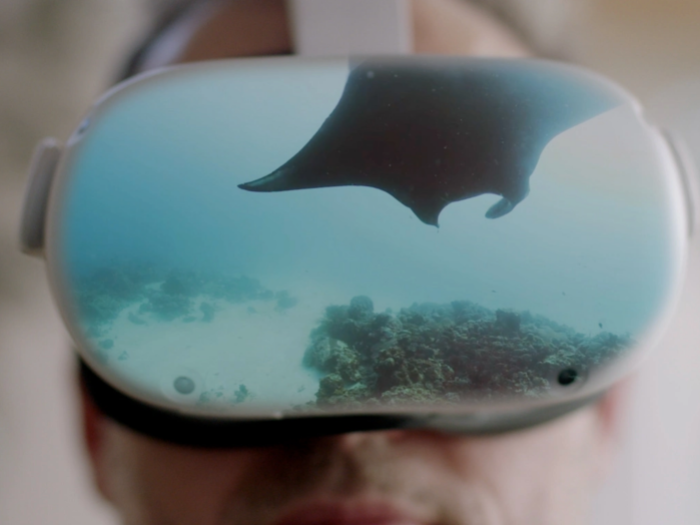Created in partnership with Monash Climate Change Communication Research Hub,Cambridge Social Decision-Making Laboratory and Yale Program on Climate Change Communication, our Climate Science Literacy Initiative offers information about five types of techniques often used to misrepresent climate change online. Learn more about our approach to climate content here.
Cherry Picking
Make sure to look at all the evidence before taking a position on something. Be careful of content that insists that only one piece of evidence be considered.
Cherry picking is a technique used to spread misleading information by presenting individual data points out of context, ignoring other information.
How is this related to climate?
It may make it appear that climate change isn’t happening or that the impacts aren’t as bad as people make them out to be.
Cherry picking may use specific isolated data to distract from climate change. This can include pointing to: low temperatures during short, natural cooling periods, certain areas of the Arctic where the ice sheets aren’t melting, or specific instances where polar bear populations are increasing.
Scientific evidence that shows that the temperature of the earth has been steadily increasing over the past 150 years is typically ignored.
The fact is…
Climate scientists have taken thousands of measurements all over the planet — on the earth’s surface, deep in the oceans, and up in the atmosphere — and have been able to show that our planet has warmed more than 1 degree Celsius over the last 150 years.
That may not sound like a lot, but that slight increase has had a huge impact on our planet’s systems. We can see these impacts reflected in melting ice sheets, rising sea levels, retreating glaciers, changes in the seasons, and extreme weather events such as wildfires and flooding.
Single-Cause Fallacy
Make sure to consider all possible causes of a problem before taking a position on something. Question any argument that claims a single cause for a complex problem.
Single-cause fallacy is a technique used to spread misleading information, where a single cause is presented as the only explanation of a problem, without considering all possible causes.
How is this related to climate?
It may be used to try and convince you that climate change is not human-caused.
For example, evidence from a long time ago, when warming was caused by increased solar activity, may be used to make the claim that present-day climate change is not human-caused.
Current evidence showing that solar activity has been decreasing for the past 50 years, and so cannot be the cause for the steady increase in earth’s temperature, is typically ignored.
The fact is…
Research by climate scientists has shown that for the past 150 years the increase in earth’s temperature has followed a corresponding increase in atmospheric carbon.
This increase in carbon can only be due to human activity, mostly from agriculture and the burning of fossil fuel that has been buried in the ground for millions of years.
No natural activity can cause such a sudden increase in carbon over such a short period of time.
Fake Experts
Make sure to only trust information that comes from credible sources. Check the credentials of sources offering a scientific opinion on climate change.
Fake experts is a technique used to spread misleading information where a spokesperson without relevant expertise is used to cast doubt on climate science.
How is this related to climate?
It may be used to dispute the fact that there is scientific consensus on climate change being real and human-caused. Someone who is not a climate scientist may be brought forward to offer a scientific opinion on climate change.
These fake experts may claim there is no evidence linking human activity to climate change other than models. They may also claim that it is the sun that is driving climate change.
The fact is…
At least 97 percent of climate scientists are convinced that climate change is real and caused by humans.
These climate scientists have conducted research and published papers on climate science, which have been reviewed by other climate scientists.
Besides these individual climate scientists, more than 200 scientific organizations around the world support the fact that climate change has been caused by humans.
Impossible Expectations
Be careful of content that demands unrealistic standards of proof. This tactic can be used to get in the way of action.
Impossible expectations is a technique used to spread misleading information, where people demand unrealistic standards of proof before acting on the science.
How is this related to climate?
It may be used to claim that the climate models used to predict climate change are not reliable, are based on assumptions and shouldn’t be trusted.
Some expect models to be 100% accurate all the time, even in the short-term which is impossible.
The fact is…
Climate models are useful tools that use the principles of physics to reproduce the past and make predictions about the future.
Since climate models are simulations of the real world, we cannot expect them to be perfect all the time. They are most effective for long-term predictions.
Climate models have a reliable track record and have made many accurate long-term predictions about different patterns of climate change — later confirmed by observation. This includes the prediction that increasing carbon in the atmosphere would lead to global temperature increases, that warming would increase the amount of water vapor in the atmosphere, that the Arctic would warm faster than the rest of the world, and that the upper atmosphere would cool while the lower atmosphere warms.
False Equivalence
Be careful of content that tries to equate two things as being similar, without considering important differences.
False equivalence is a technique used to spread misleading information by using flawed reasoning to position two cases as equivalent, and ignoring important differences.
How is this related to climate?
It may be used to convince you that recent extreme weather events have nothing to do with climate change.
There may be claims that recent extreme weather events are the same as extreme weather events that happened in the past, which were due to natural cycles.
Scientific evidence that shows significant differences between recent and historic extreme weather events due to climate change is typically ignored.
The fact is…
Climate scientists have shown that there are significant differences between recent and historic extreme weather events, and that these differences are due to climate change.
Climate change causes rising temperatures making heat waves, droughts and wildfires more frequent and intense. It also causes water to evaporate from land faster, resulting in more precipitation. As a result there is more flooding, which when coupled with sea level rise, causes storm surges.
Wind speeds intensify when hurricanes pick up more energy from warming oceans, leading to more intense hurricanes.
News
Get the latest news about our sustainability work, download reports and case studies and explore our energy dashboards.



2025 Sustainability Report
Learn more about our progress as we work to achieve net zero emissions across our value chain and become water positive in 2030.

